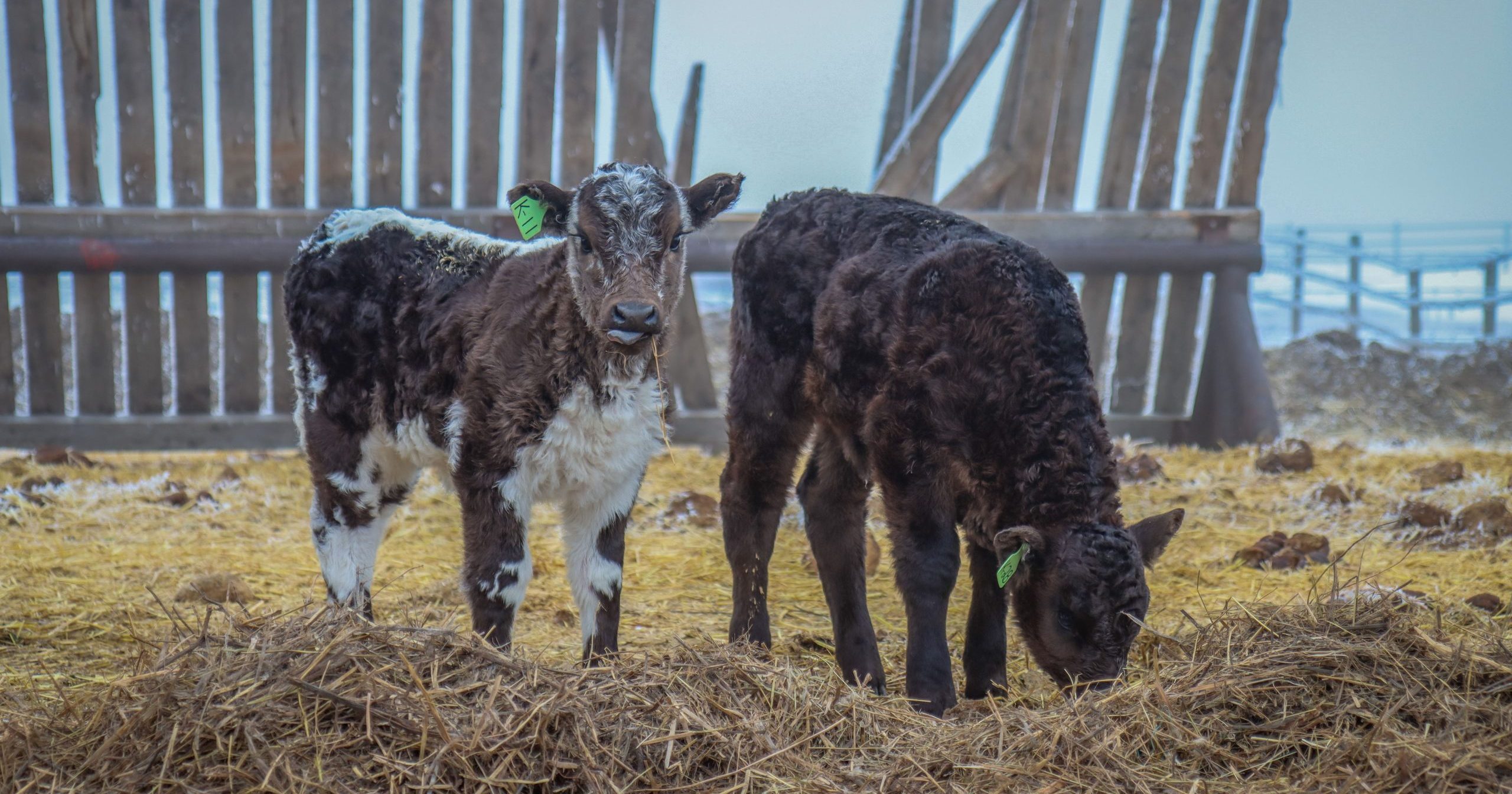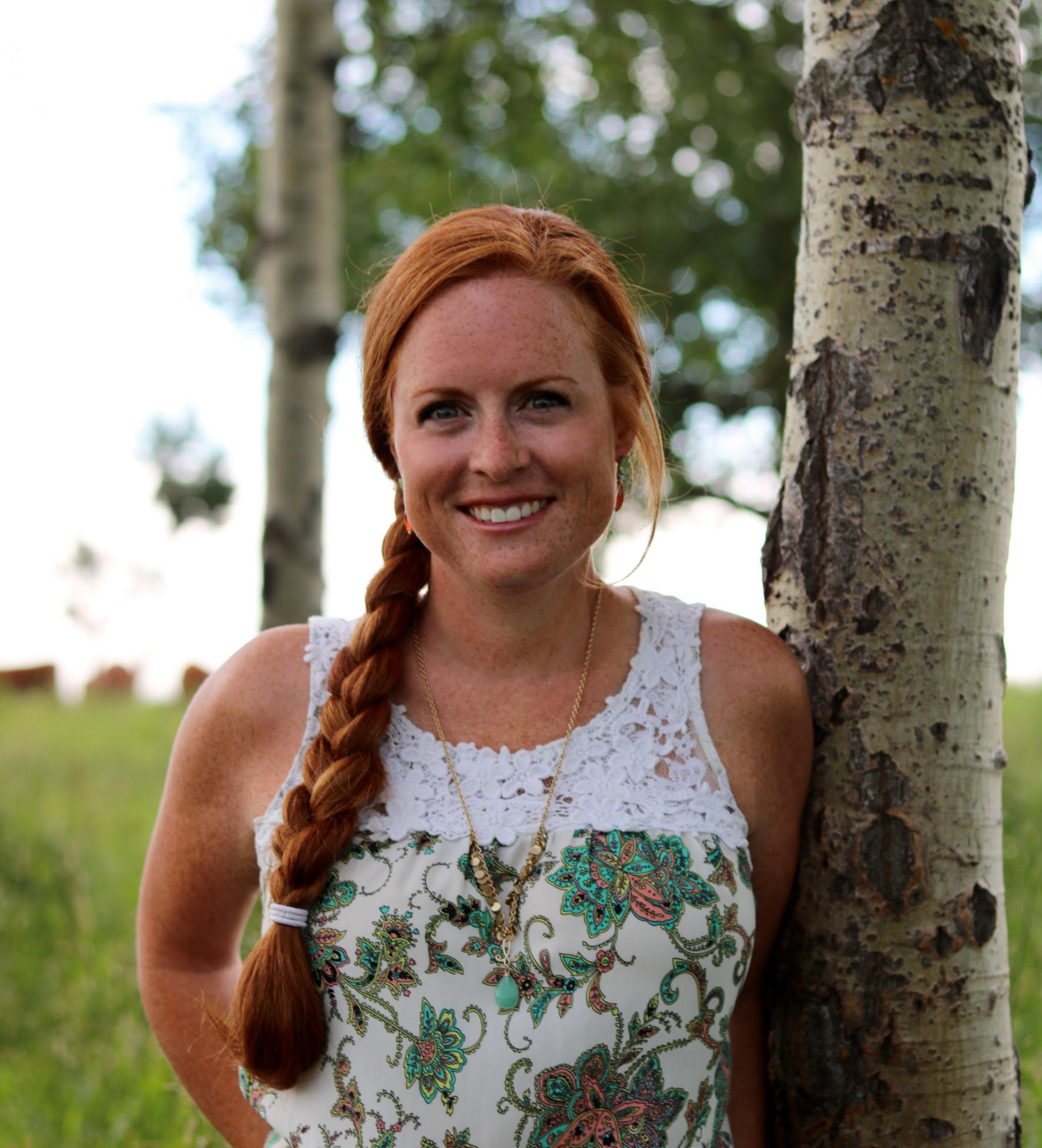AB Direct - Steers
Rail: ---
AB Direct - Heifers
Rail: ---
US Trade- Steers
Rail: ---
US Trade - Heifers
Rail: ---
Canadian Dollar
0.04

Calf 911: BCRC video series provides practical approach to newborn calf management
It is hard to believe it’s that time of year again! Hopefully these few months feel more like “tagging season” than “calving season.” However, if things don’t go quite as planned, the Beef Cattle Research Council (BCRC) has put together some fantastic resources to help you improve the outcome for any compromised calf that hits the ground.
The videos in their Calf 911 series focuses on the high-risk time period immediately following birth. Here are some practical tips to help ensure your calves get the best start possible.

Birth and resuscitation
Calves should be placed upright in sternal recumbency immediately following birth to allow both sides of the lungs to fully inflate. Although a common practice, hanging calves upside down is not recommended. Weight from the intestines puts pressure on the chest, making it more difficult for them to breathe. Furthermore, the fluid often seen draining from suspended calves typically originates from the stomach, not the lungs.
Resuscitation techniques proven to help stimulate breathing include rubbing the calf vigorously over the chest, poking the nostrils with a piece of straw, pouring cold water over the head or squirting it in the ears, and firmly pinching the nose. Stimulating the nose between the nostrils sends a signal to the respiratory centre in the brain to initiate deeper, more rhythmic breathing.
Colostrum know-how
Remember the 2×4 rule. Calves consuming 2 litres of colostrum by 4 hours after birth are more likely to acquire optimal levels of passive immunity required to help protect them from disease during the first few months of life. Calves born with a weak or non-rhythmic suckle reflex are unlikely to nurse on their own and often require assistance.
When feeding colostrum from the dam isn’t possible, there are only two acceptable alternatives: fresh or frozen colostrum from another beef cow in your own herd or a freeze-dried commercial colostrum product. Use a hot water bath to thaw frozen colostrum as heating in a microwave will damage the proteins. Dairy colostrum is often quite dilute and should be avoided, due to lower levels of immunoglobulins. Be certain to steer clear of colostrum from other herds due to biosecurity concerns.
Various freeze-dried commercial colostrum products are NOT created equal, and you typically get what you pay for. Make sure you purchase a replacer product with over 100 grams of immunoglobulins and reconstitute according to label. Colostrum supplement products with only 50 to 60 grams of immunoglobulins are intended as a “top up” and will not provide your calf with sufficient immunity.
To bottle or tube
Regardless of colostrum source, bottle feeding is preferred over tubing. An active suckle reflex ensures colostrum is shunted to the last compartment of the calf’s stomach. This aids in more efficient absorption of immunoglobulins as well as reduces the risk of colostrum getting into the lungs. Not to mention, it is often less stressful for both you and the calf.
Tubing tips
Calves requiring tubing should be positioned with their head in a comfortable neutral position, not pointed upward. Gently pass the esophageal tube feeder over tongue toward the back of the mouth until the calf swallows the tube. Check that you can feel the end of the tube about halfway down the neck separately from the trachea to ensure you’re not tubing into the lungs. Warm the colostrum to body temperature (38°C/100F°), and slowly empty the bag or container before kinking the tube and removing the feeder.
Avoiding cross-contamination
Maintain separate bottles and esophageal feeders for sick and healthy calves to help prevent disease transmission. It is recommended you have one set designated for newborns requiring colostrum, one set for healthy calves being supplemented with milk replacer, and one set for sick calves being fed milk replacer or electrolyte solution. All equipment should be thoroughly cleaned and dried between each use.
Keep learning
Check out the Beef Cattle Research Council website to watch all four videos in the Calf 911 series for some more practical tips and fantastic demonstrations. Many thanks to Alberta Beef Producers for graciously providing the funding for this project and other valuable resources. With that being said, may all your cows calve unassisted, may their uteruses remain in their original position, and may their calves all suck on their own. It’s amazing to think grass turn-out is only a few short months away! Now, back to tagging.
From the Production and Extension Desk:

Management of newborn calves is essential to beef production. Calf illness and death can greatly impact profitability, so giving the calves the best start possible is key to keeping calves healthy and productive until sale day. The Calf 911 video series provides several handy tips to help producers get calves started the right way.
Alberta Beef Producers works collaboratively on extension resources and tools with many organizations, including BCRC. These partnerships ensure that helpful information reaches as many producers as possible.
Karin Schmid
Lead, Beef Production and Extension
This article was first published in Volume 2 Issue 2 of ABP Magazine (April 2022). Watch for more digital content from the magazine on ABP Daily.

